True night vision binoculars don't exist! Telescopes are optical instruments designed for daylight, while night vision goggles are like another pair of eyes in the low-light world—the former uses light refraction to bring objects closer, while the latter uses infrared technology to decipher the darkness. Thermal imaging is even more transformative: it eliminates the need to clearly see faces; it simply identifies the unique heat emitted by living things. When choosing optical instruments, look for professional brands. Technology has its limitations, but there are no shortcuts to quality.
01. Misunderstandings about Night Vision Binoculars
What exactly are night vision binoculars, these mysterious yet fascinating devices? What are their unique features, and what technological secrets do they hold? Read this article to gain insight and avoid being misled or misled.
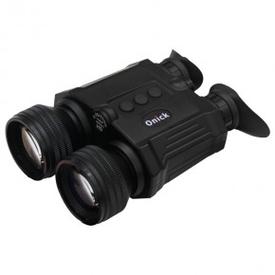
Recently, customers often inquire about night vision binoculars or ask about various types of binoculars, but they always end up asking about night vision range. This question is a real headache for salespeople. They answer truthfully, but customers often say they'll consider it. When pressed on what they're considering, they say they want the night vision binoculars to produce the same color images both day and night, just like what they see with the naked eye during the day. However, this is actually a misunderstanding. The salesperson explained that while there are binoculars (capable of low-light-level night vision), night vision goggles, digital night vision goggles, helmet-mounted night vision goggles, and infrared and thermal imagers on the market, true night vision binoculars do not exist. So, what exactly is the difference between binoculars and night vision goggles? To some extent, they are two completely different devices, and their imaging principles are quite different. A binocular is based on the reflection and refraction of light and requires a certain intensity of light to form an image. Night vision goggles, on the other hand, utilize total darkness or low-light conditions, such as moonlight and starlight, amplifying low light levels to produce an image. Let's delve deeper into the differences between binoculars and night vision goggles.
The Difference Between a Telescope and Night Vision Goggles
Binoculars and night vision goggles have fundamental differences in their imaging principles and technologies, resulting in them being suitable for different visual conditions and needs.
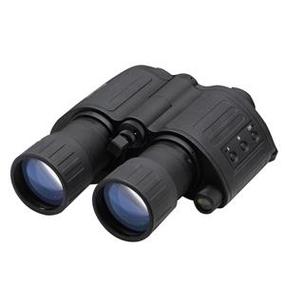
02. Basic Characteristics of Telescopes
Functions and Applications
Binoculars are optical instruments designed for daytime vision. Even high-end and expensive models cannot achieve night vision in total darkness. However, at twilight, when the target is illuminated by light, a binocular can effectively bring distant objects closer for a closer look. Typically, the magnification of binoculars we use ranges from 7x to 10x. When choosing binoculars, consider their intended use, such as reconnaissance, scenic viewing, sightseeing, and watching concerts and games. Furthermore, price isn't the only factor, as optical technology has its inherent limitations. Price differences for binoculars with the same magnification primarily stem from lens quality, clarity, body material, and whether they pass rigorous quality testing (such as the five military-standard tests: waterproof, mildew-proof, fog-proof, shockproof, high-temperature, low-temperature, and impact-resistant).
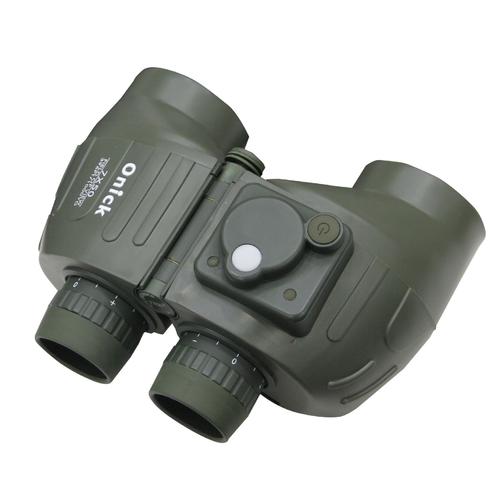
03. Principles and Types of Night Vision Goggles
Use of Night Vision Goggles
Night vision goggles, often mistakenly referred to as night vision binoculars, actually function more like nighttime binoculars. There are various types of night vision goggles, including monocular and binocular designs, as well as infrared and digital technologies.
Night vision goggles work by illuminating a target with an infrared searchlight. An intensifier tube then receives and amplifies the reflected infrared radiation, forming a visible image. The effectiveness of a night vision goggles depends primarily on the performance of the intensifier tube. Note that using traditional night vision goggles during the day can damage the intensifier tube and is therefore not recommended. However, digital night vision goggles utilize different imaging technologies, allowing them to be used both day and night. However, their imaging quality differs from that of a telescope. During the day, using a professional telescope is still the best option.
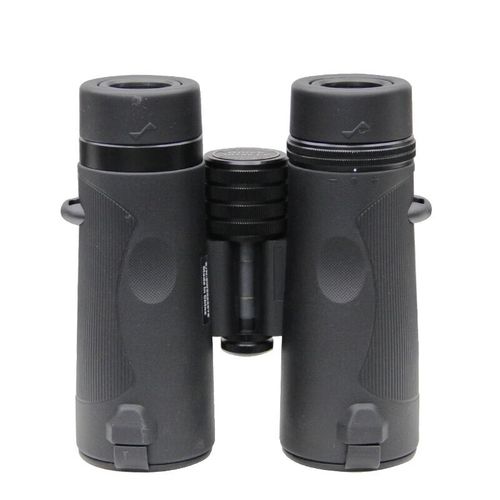
04. Applications of Thermal Imaging Technology
How Thermal Imaging Works
Thermal imaging, while known by various names such as infrared thermal imager, thermal imager, and thermal imaging night vision goggles, essentially refers to the same technology. So, how does thermal imaging work? Simply put, it creates images by sensing the hot spots emitted by different organisms and objects. Because each organism and object has unique hot spots, thermal imaging can produce unique images. Although thermal imagers generally cannot clearly distinguish the specific features of an object, they are very useful in military and hunting applications, as they can simply identify a person or animal without requiring detailed facial features.
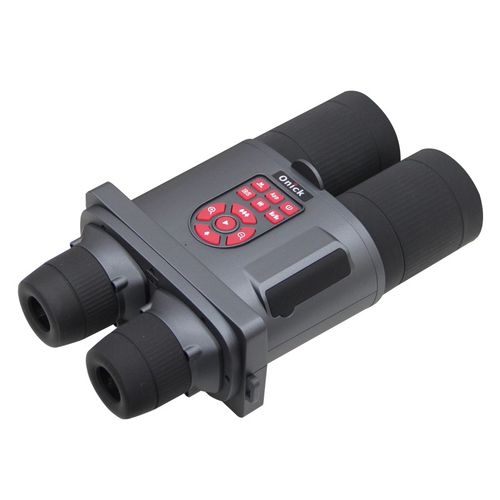
05. Recommendations and Manufacturer Recommendations
Whether purchasing binoculars, night vision goggles, thermal imaging equipment, or other optical products, it is recommended to choose a reputable optical manufacturer or dealer, if possible. While they may not be able to directly assist with your specific needs, Yunnan Yuanjin Optical Instrument Co., Ltd. is a worthy choice if you have optical product needs, whether for commercial or personal use. As the heir to the Onick optical legacy, they are committed to building a leading brand of outdoor binoculars in China. With professionalism and innovation, they continuously pursue excellence. Honesty, trustworthiness, and a strong sense of responsibility are their core values.